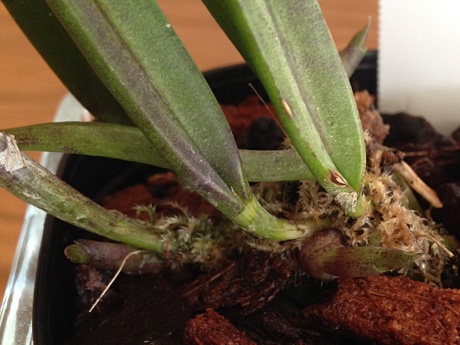Gerbera flowers


Continue to explore awk, a great language with a strange name
In the evening I read the second part in Daniel Robbins' series on
awk: Records, loops, and arrays.
In this series of articles, I’m going to turn you into a proficient awk coder. I’ll admit, awk doesn’t have a very pretty or particularly “hip” name, and the GNU version of awk, called gawk, sounds downright weird.
In the evening I read Awk by
example the first in a
series by Daniel Robbins to refresh my awk knowledge. While I am
mostly a Perl programmer, and use now and then Perl one-liners to solve small
problems, I like to have tools like awk in my toolkit as well.
Today, while experimenting with
CockroachDB I noticed that a process
was already listening on TCP port 8080. I used netstat — which I had
to install first — to discover which process was listening on port
8080.
The fact that I had to install netstat on Ubuntu 19.04 led me to
conclude that there was an alternative command to get the same
information, and indeed: ss, another utility to investigate sockets
according to its man page.
In the evening I used
ss -lptn
to find the names of all TCP listening processes.
The options I used (combined) are:
-l, --listening: Display only listening sockets.-p, --processes: Show process using socket.-t, --tcp: Display TCP sockets.-n, --numeric: Do not try to resolve service names.Regarding the latter, this shows 8080 instead of http-alt for port
8080.
Since I wanted to keep that process listening on port 8080 running I
had to find an alternative port for CockroachDB, which can be
specified with the --http-addr option as follows:
cockroach start \
--certs-dir=$CERTS \
--listen-addr=localhost \
--http-addr=localhost:8200
This blog post talks about reverse engineering the Dropbox client, breaking its obfuscation mechanisms, de-compiling it to Python code as well as modifying the client in order to use debug features which are normally hidden from view.
Source: Looking inside the box.
In the afternoon, while watering my mother's Brassavola nodosa orchid I noticed another new growth, the third this month.

In the above photo you can see to the left the third new growth. And to the right, bottom and top, the growths I discovered earlier.
When looking for a new backend language, I naturally went from Python to the new cool kid: Go. But after only one week of Go, I realised that Go was only half of a progress. Better suited to my needs than Python, but too far away from the developer experience I was enjoying when doing Elm in the frontend. So I gave Rust a try.
We have a surprise for you today: Raspberry Pi 4 is now on sale, starting at $35. This is a comprehensive upgrade, touching almost every element of the platform. For the first time we provide a PC-like level of performance for most users, while retaining the interfacing capabilities and hackability of the classic Raspberry Pi line.
The highlights of the Raspberry Pi 4 Model B are:
- A 1.5GHz quad-core 64-bit ARM Cortex-A72 CPU (~3× performance)
- 1GB, 2GB, or 4GB of LPDDR4 SDRAM
- Full-throughput Gigabit Ethernet
- Dual-band 802.11ac wireless networking
- Bluetooth 5.0
- Two USB 3.0 and two USB 2.0 ports
- Dual monitor support, at resolutions up to 4K
- VideoCore VI graphics, supporting OpenGL ES 3.x
- 4Kp60 hardware decode of HEVC video
- Complete compatibility with earlier Raspberry Pi products
Source: Raspberry Pi 4 on sale now from $35.